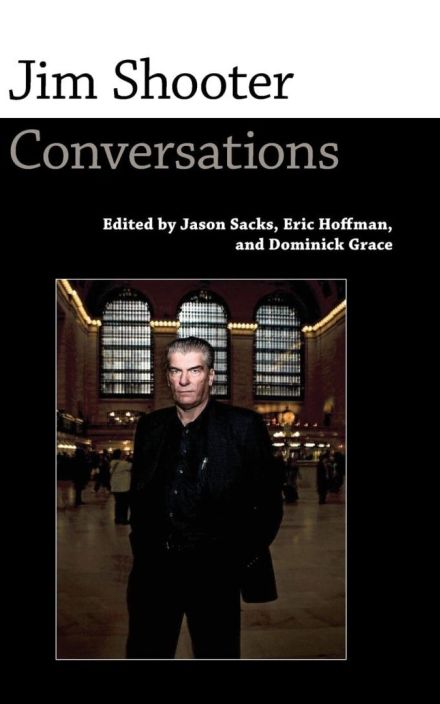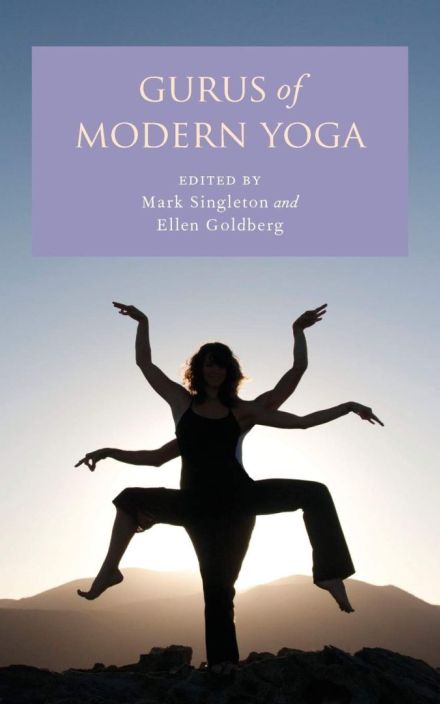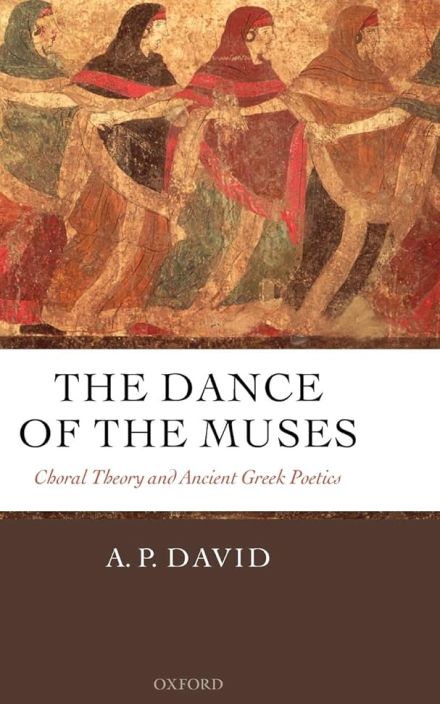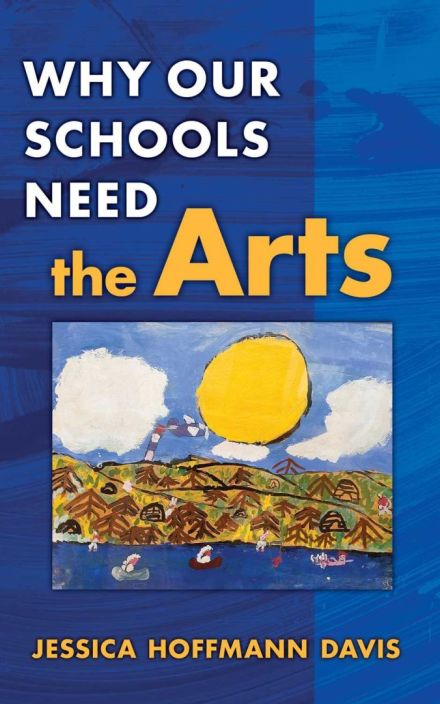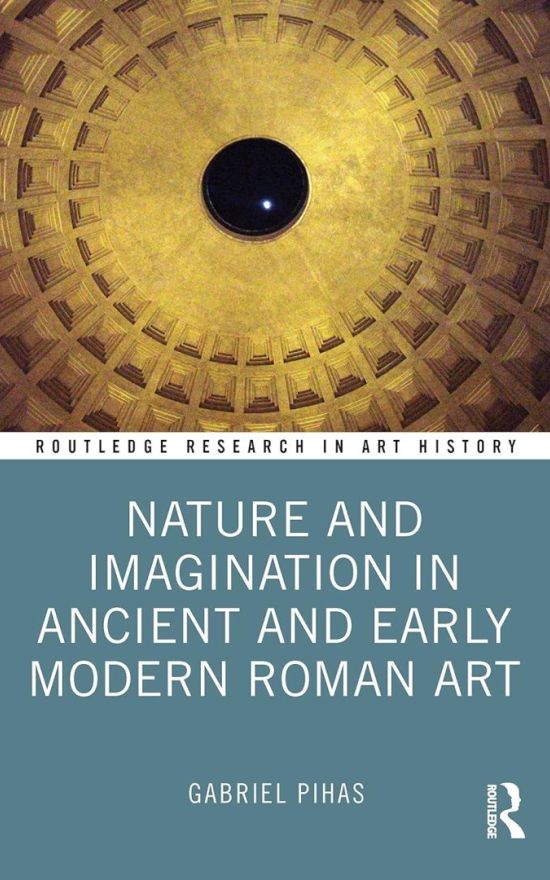
Nature and Imagination in Ancient and Early Modern Roman Art
This book explores the divide between ancients and moderns through the art and architecture of Rome. It focuses first on the idea of human beings as belonging to a cosmos as presented in much Ancient and Medieval art, from the Pantheon and the history of ancient sculpture to images of nature in Christian churches. God was generally understood to pervade nature or to oversee it, and this presented human beings a divine whole undergirding a political and social order. The book then turns to the rejection of such ideas in major artists in Rome (Michelangelo, Caravaggio, Bernini, and Borromini), who see a new role for the modern artist as a Promethean figure. The book explores both the liberation and the alienation from nature that such a shift suggests.


